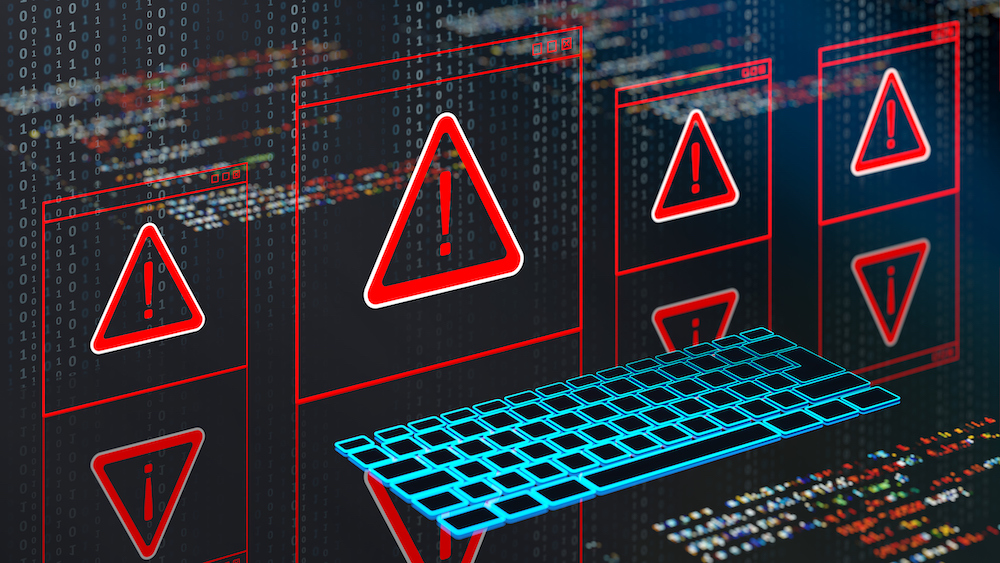On Monday, the US government announced a new round of regulations on global AI chip exports, dividing the world into roughly three tiers of access. The rules create quotas for about 120 countries and allow unrestricted access for 18 close US allies while maintaining existing bans on China, Russia, Iran, and North Korea.
AI-accelerating GPU chips, like those manufactured by Nvidia, currently serve as the backbone for a wide variety of AI model deployments, such as chatbots like ChatGPT, AI video generators, self-driving cars, weapons targeting systems, and much more. The Biden administration fears that those chips could be used to undermine US national security.
According to the White House, “In the wrong hands, powerful AI systems have the potential to exacerbate significant national security risks, including by enabling the development of weapons of mass destruction, supporting powerful offensive cyber operations, and aiding human rights abuses.”









